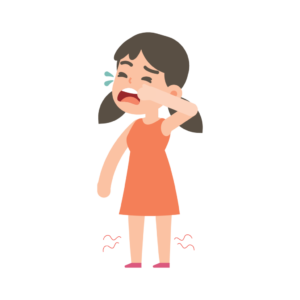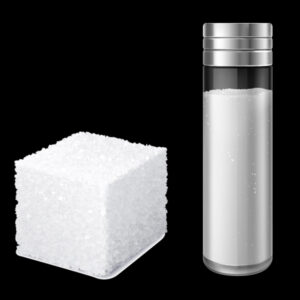
Teethers – how to choose one for your baby
nathaniclinic1
January 26, 2018
Teethers
All of us have gone through it! Just as when you thought, that your child had stabilized his feeding schedule, and come to grips with his infantile colic, he starts being cranky, irritable, drools, refuses feeds and tries to bite anything and everything within his grasp.
You have heard that there are teething toys available and you want to rush out and get one! But wait! Isn’t plastic dangerous? Something called as BPA – isn’t that something that causes cancer! Read on for our guide to choosing teethers.
TYPES OF TEETHERS AVAILABLE
Plastic
These come in all shapes and sizes. Make sure they are free of:
- BPA (bisphenol A – possible effects on brain, prostate and behavior)
- Phtalates (not proven yet, blamed for asthma, obesity, fertility, timing of puberty),
- PVC – single most damaging type of plastic to the environment
- Lead – inhibits growth, makes the child anemic, affects the brain and mental powers.
Rubber
Pretty good and you should definitely try it unless child is known to have latex allergies, or develops signs of allergies (rashes, swelling, breathing difficulty). Teethers made from silicone are much better, since they are very hypo-allerginic.
Wood & Natural fabric
Very good if you can get your hands on them.
Foods
- Carrots

Raw carrot sticks are excellent when teething - Beetroots
- Apples (firm varieties)
- Pears
- Rusk
General guidelines when using food as a teether
- Use large pieces, that can’t get into the baby’s mouth with attendant risk of choking
- Try to make them cold (this applies to non-food items too), this soothes the gums.
- Lightly steam the carrots and beetroots, but not so much as to make them mushy
What to look for when buying a teether?
- Safe Materials – as discussed above
- Texture – must have some texture, as it satisfies the need for friction to the inflamed gums. Of course, it should not be too rough(risk of injury) and should not be too smooth.
- A single piece – if the teether can be broken down into smaller parts, there is a risk of choking.
- Should be able to clean easily – Here plastic and silicone teethers win hands down, though some of the wooden teethers are pretty good too.
- Shape and size – Remember your child is a kid after all! Too big or too small or too complex a shape, and the child will not be able to hold on to it.
Remember to keep your camera ready though! It is a lovely sight to behold! Your child clamping down on the teether as if she will bite through and through. Definitely stuff for memories!
If you liked this post, please like it below. Also please like us on Facebook, so that our latest articles will always show on your news feed. You can also follow us on Twitter to be updated.
Our Consulting Specialities
Recent Posts


Subscribe Our Newsletter
The premier children’s clinic and general vaccination center in Chembur, Mumbai
Make an Appointment
- 8 AM - 8 PM , Monday - Saturday
Call Us Today
9987084813
Online Doctor Consultation Nathani Clinic
Copyright © 2024. All rights reserved.


